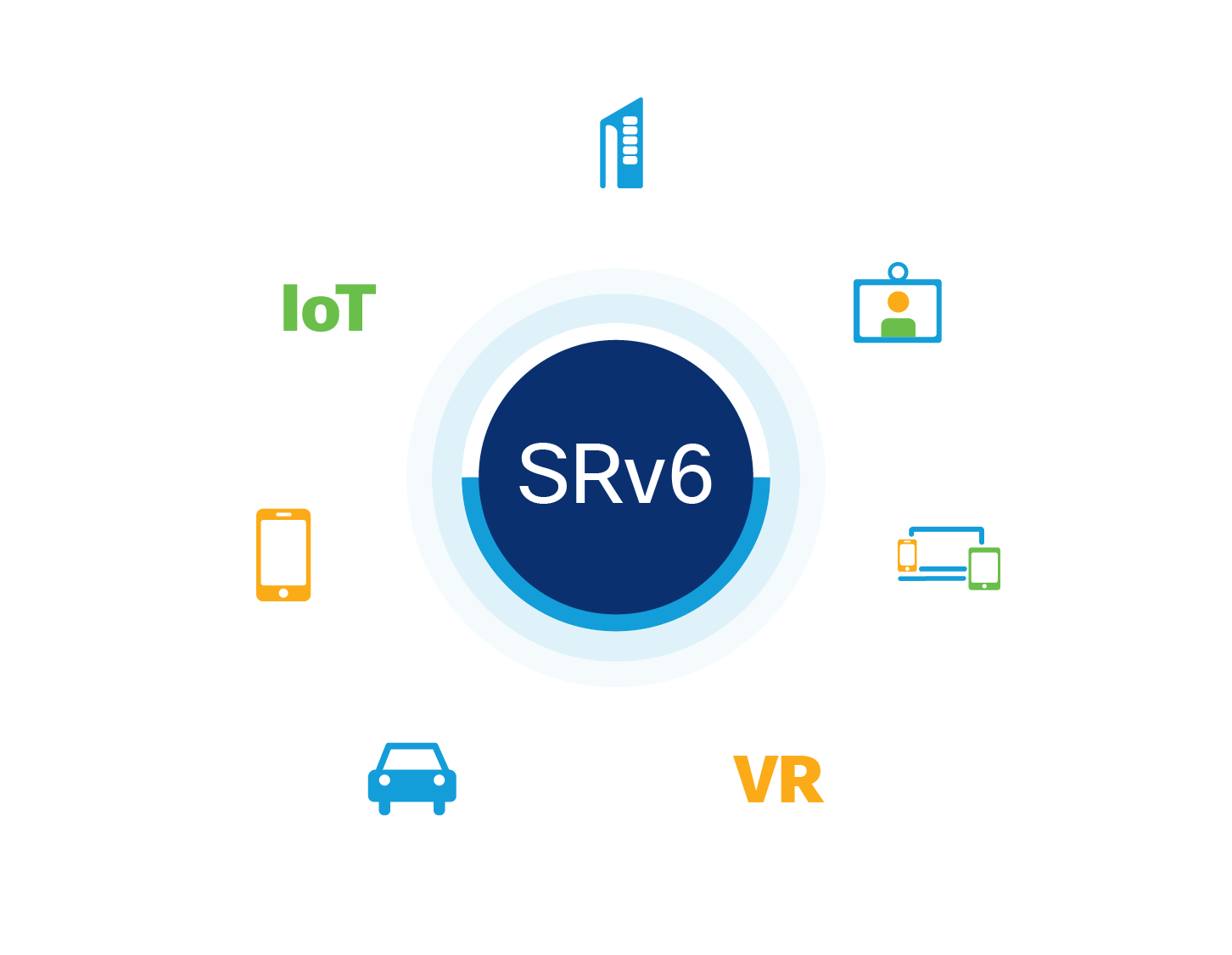Simple
Segment Routing provides complete control over the forwarding paths by combining simple network instructions. It does not require any additional protocol. Indeed in some cases it removes unnecessary protocols simplifying your network.
Scalable
Segment routing does not require any path signaling. Hence, per-flow state only needs to be maintained at the ingress node of the SR domain increasing your network flexibility while reducing cost.
Seamless deployment
Segment Routing runs natively on an MPLS or IPv6 data plane. A simple software upgrade will enable your hardware to run it. Also, Segment Routing can coexist with your existing LDP network, making the migration painless.
Segment Routing will boost your business in 5 key ways
Simplify your network
Removing protocols and making network operations easier means Segment Routing is your fast track to network simplification.
Make the network more robust
With Segment Routing, your network is more resilient. Whenever and wherever a node or a link fails in the network, connectivity is restored in under 50 milliseconds!
Squeeze more out of your network
Hyperscale cloud providers have learned that by dynamically rerouting traffic, they can reach an overall capacity utilization of 80 percent or more.
Release innovation
Segment Routing powers two vital network services:low-latency and disjointness.
Offer new levels of customer satisfaction
With an efficient network structure, you have a strong foundation on which to offer a best-in-class end-user experience.











